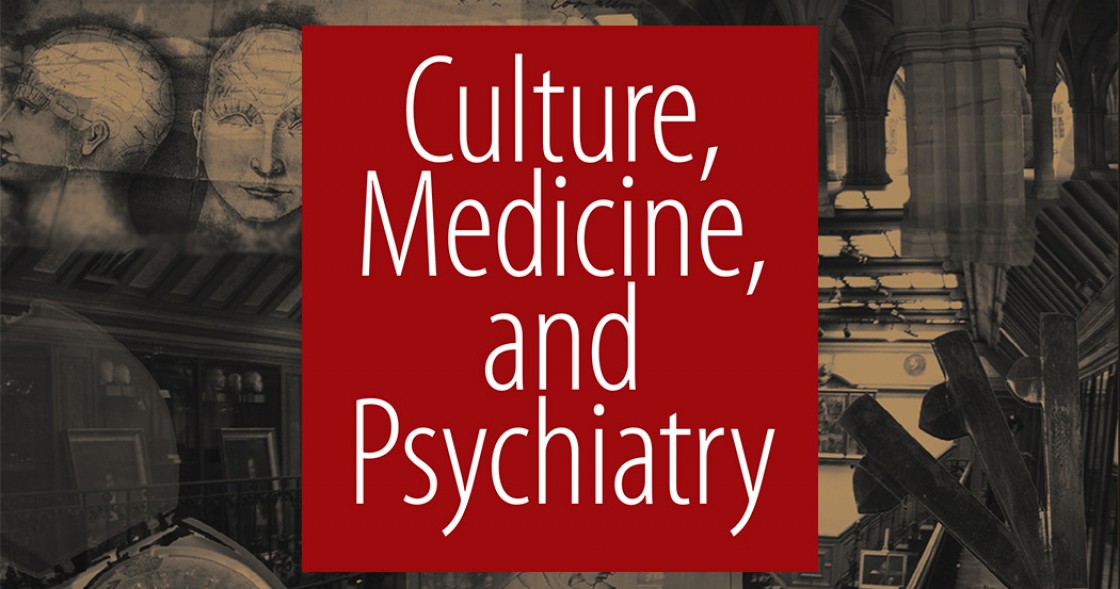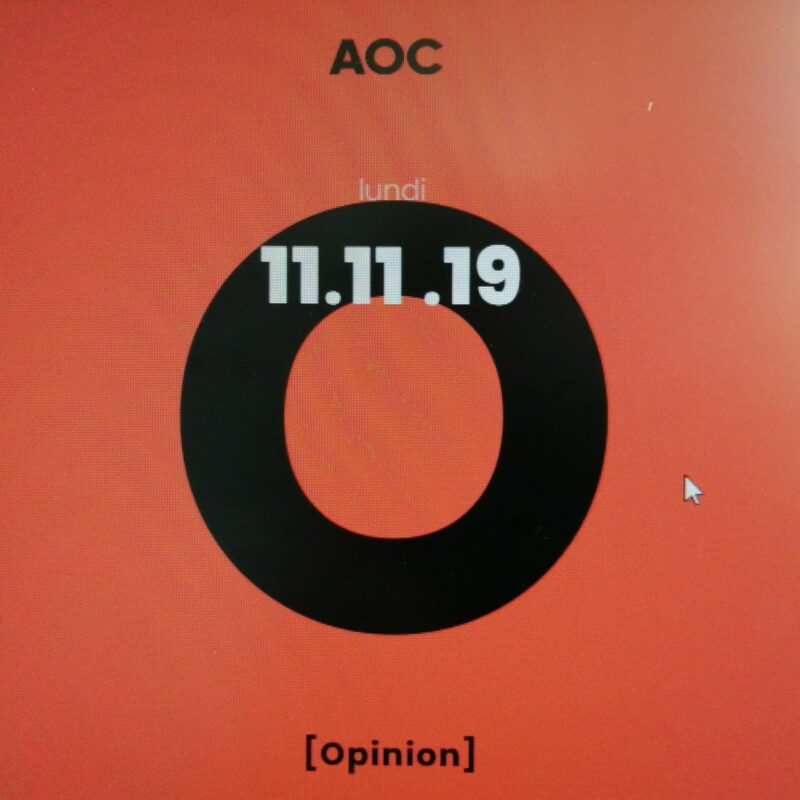This special section of Culture, Medicine, and Psychiatry examines contemporary tactics of psychiatric constraint through studies of mental health settings in the USA and France. The four papers connect abstract arguments about disorder, ethics, and subjectivity to the rough edge of practice, where the interests of clinicians and patients most sharply diverge. The mandate not only to treat people but also to control them has produced diverse practices of constraint and on-going struggles about their legitimacy. The authors here take up constraint as a therapeutic value, social logic, work routine, and a challenge to the moral self-regard of front-line clinicians. (…)
Brodwin P., Velpry L. (eds.), The Practice of Constraint in Psychiatry : Emergent Forms of Care and Control. Culture, Medicine, and Psychiatry, 2014
This paper (citation underneath) examines the uncertain meaning of confinement in psychiatric care practices. Investigating the recent expansion of high-security units in French public psychiatry, for patients with dangerous behavior (units for difficult patients) and for suffering prisoners (specially equipped hospital units), we aim to understand psychiatry’s use of confinement as part of its evolving mandate over suffering individuals with violent behavior. Although historically the epicenter of secure psychiatric care for dangerous individuals shifted from the asylum to the prison, a review of public reports and psychiatric literature demonstrates that psychiatrists’ attempt to reclaim confinement as part of therapeutic practice underpinned the recent development of new units. Institutional-level analysis emphasizes psychiatry’s enduring concern to subordinate social defense motives to a therapeutic rationale. Analyzing local professionals’ justifications for these units in two emblematic hospitals, the paradoxical effects of a security-driven policy arise: they allowed the units’ existence, yet prevented psychiatrists from defending a genuine therapeutic justification for confinement. Instead, professionals differentiate each unit’s respective mission, underlining the concern for access to care and human dignity or defending the need for protection and safety from potentially dangerous patients. This process reveals the difficulty of defining confinement practices as care when autonomy is a core social value.
Velpry L., Eyraud B., Confinement and psychiatric care: a comparison between high-security units for prisoners and for difficult patients in France. Culture, Medicine, and Psychiatry, 2014, pp. 111-137




